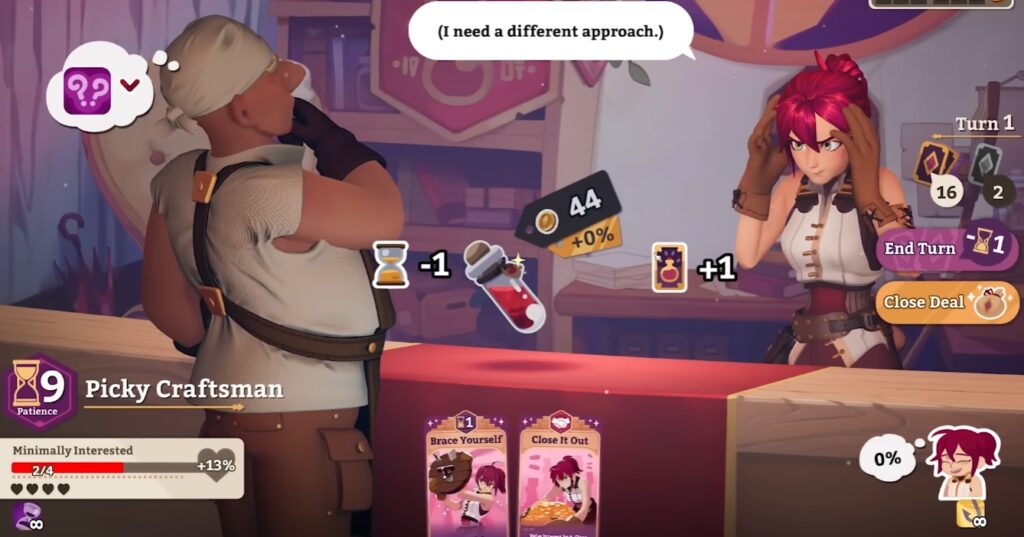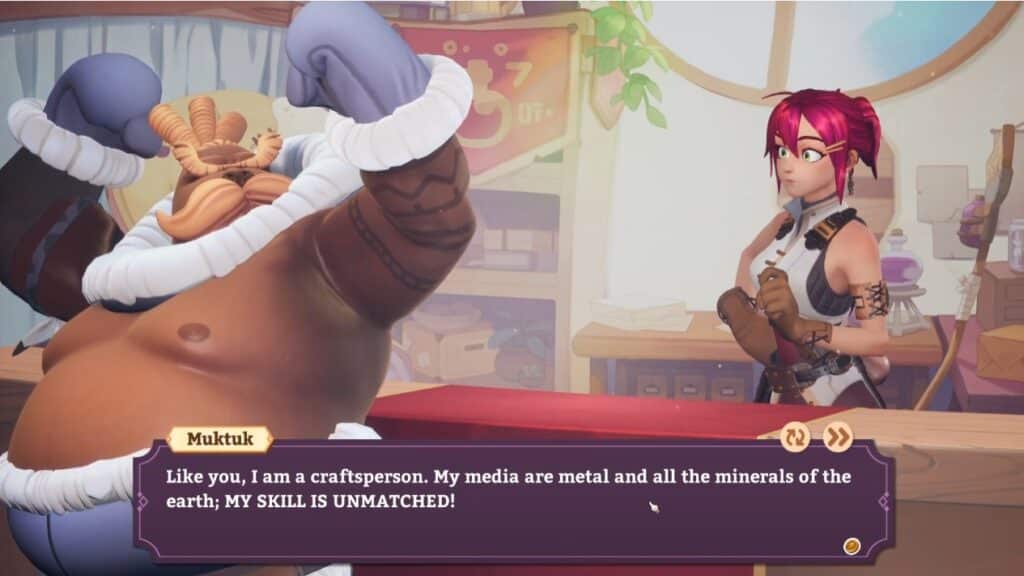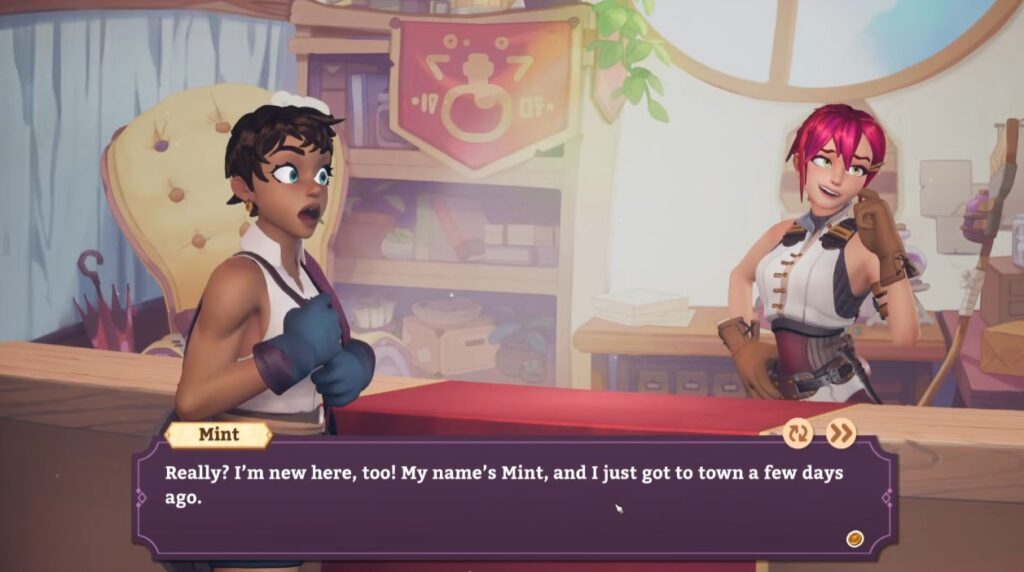Haggling in Potionomics means attempting to decide on a price or conditions that are acceptable to the person selling the goods and the person buying them, usually by arguing. In real life, this is common, especially when doing business and it is also applied to certain games that will require players to do so. As such, this guide will teach players How Haggling Works in Potionomics, so read on.
How Haggling Works in Potionomics: Mechanics
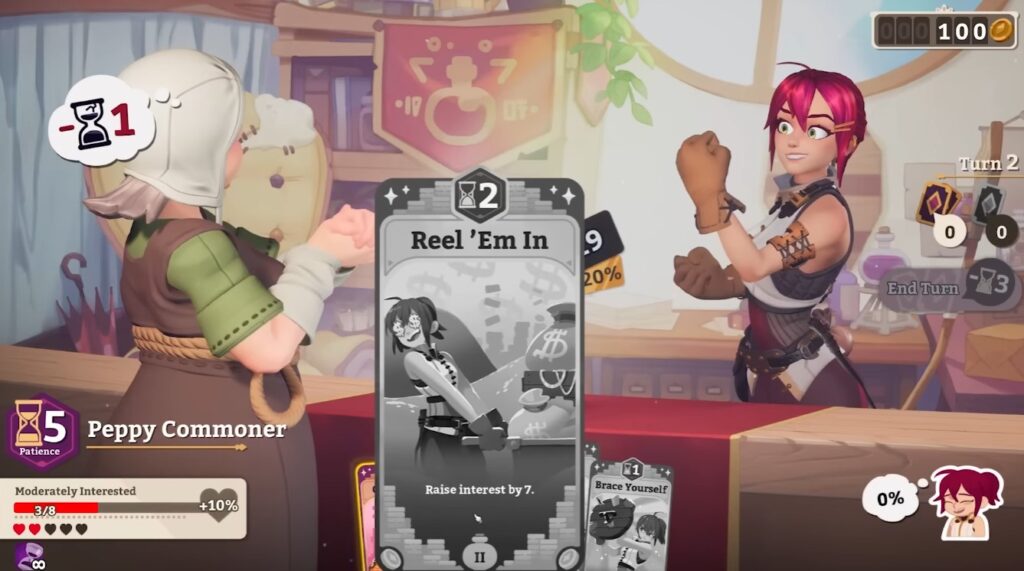
In making good quality potions in the game, players will need to learn how to sell them. Haggling in Potionomics will rely on a turn-based system where they make use of a 20-card deck to earn large profits.
During the haggling, players will need to rely on the resource known as Patience where they will play cards that increases the buyer’s interest and in return will boost the percentage of what they earn from the potion. If you run out of Patience, the customer will leave without buying, unless you’ve completely maxed their interest meter.
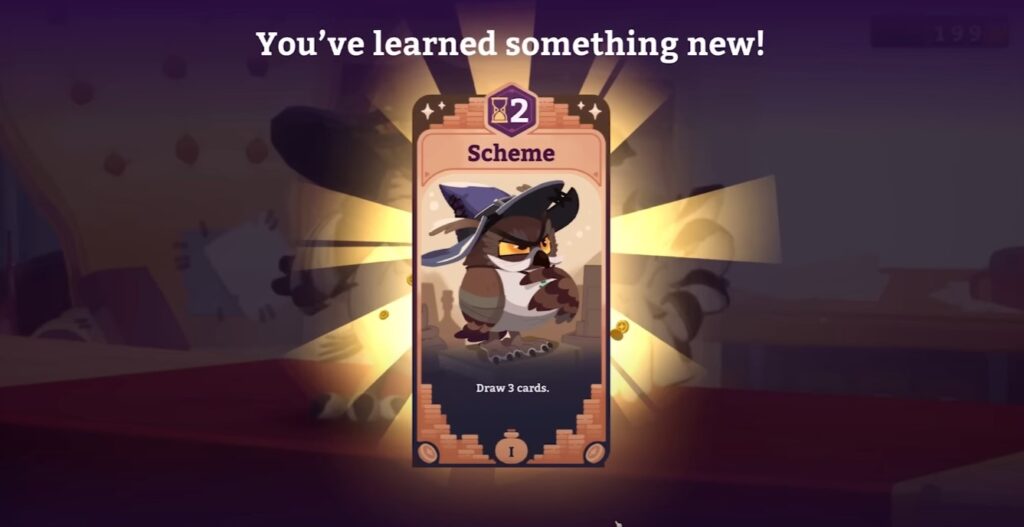
Depending on the deck that players will build for haggling, they must use all their knowledge and skills to make sure that the amount of Patience they have is stable enough to reach their initialize goal. During the start of the haggling, players can start with 3 cards and 1 Patience loss at turn end, with both increasing by one until the haggle is over. Both of these values can also be affected by buffs and debuffs as well so properly plan well what needs to be done.
In a deck, there are 3 types of cards that players will need to watch out for. Each of them can have a significant impact on how the flow of the haggling will. The cards are:
- Openers – cards that contain bonuses at the beginning of the haggling and can last long until the end of the negotiation. Examples are Set Em Up Reel Em In and more.
- Closers – cards that can be considered the closing deal of the haggling. They play an important role in increasing the potion’s price by at least 5%.
- Stance – cards that can multiply the haggle attempts and can even be the game changer of the negotiation. To make it fair and balanced, it is stated that players can only have 1 copy in their deck.
Those 3 types of cards will play an important role in building one’s deck, the rest though are known as normal cards that can do a number of effects. Cards like those above including the normal ones can be obtained through the process of befriending others. Each character Sylvia befriends has its own set of 8 cards to unlock, including new types of synergies and strategies for future haggling sessions.
That’s our guide for Potionomics haggling and How it Works. For more Potionomics news, guides, and features, check out our other articles here.
- Potionomics Muktuk Character Guide
- Potionomics Mint Character Guide
- Potionomics Roxanne Character Guide
- Potionomics Quinn Character Guide
- Potionomics Corsac Character Guide
- Potionomics Xidriel Character Guide
- Potionomics Saffron Character Guide
- Potionomics Luna Character Guide
- Potionomics Baptiste Character Guide
- Potionomics Romance Guide – All Romance Options & How it Works
- Potionomics Gifts and Increasing Friendships: How To Increase Ranks
Also, watch this video by BacklogBattle and get to know all the tips on learning how to play Potionomics:



